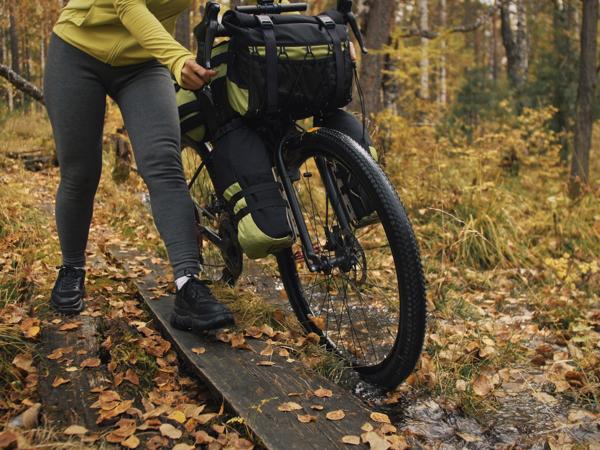When it comes to cycling, especially for commuting or long-distance rides, panniers can become a cyclist’s best ally. They help carry all the necessities you might need on your journey, from work essentials to groceries or camping gear for longer excursions. But how do you decide which panniers are right for you? Let’s dive into some details that might help.
Understand Your Needs
The first step in choosing panniers is understanding your specific cycling needs.
-
Commuting: If you bike to work regularly, consider panniers that can comfortably carry your laptop, documents, and perhaps a change of clothes. Look for options with compartments for better organization.
-
Long-distance Touring: For those embarking on multi-day tours, panniers capable of handling more considerable weights are advisable. You’ll appreciate the extra space for clothing, food, and camping gear.
-
Shopping/Groceries: Large-capacity panniers make grocery trips easy. Consider options that are easy to attach and detach for convenience during short trips.
Material Matters
Panniers are made from various materials, each offering different benefits.
-
Waterproof Materials: If you live in a region that frequently experiences rain, panniers made from waterproof materials such as PVC-coated polyester could be invaluable. Brands like Ortlieb are known for their waterproof designs.
-
Durable Fabrics: For rough handling and durability, consider panniers made from Cordura or other heavy-duty materials. They can withstand more wear and tear, making them a suitable choice for rugged touring.
Attachment Systems
How your panniers attach to your bike is crucial for both convenience and safety.
-
Quick-release Systems: Many modern panniers include quick-release systems making it easy to attach and detach them from your bike rack. This can be particularly convenient for commuters.
-
Adjustability and Security: Ensure the attachment system can be adjusted to fit different racks securely. Some systems include additional locking mechanisms for peace of mind.
Size and Capacity
Consider the volume of the panniers, usually measured in liters.
-
Volume Requirements: A pair of 20-30 liter panniers may suffice for daily commuting needs, while touring cyclists often prefer larger options, sometimes exceeding 40 liters per side.
-
Balance and Distribution: Carefully consider how you pack your items to maintain balance. Uneven weight distribution can affect bike handling.
Practical Features
Look for additional features that could increase the utility of your panniers.
-
Reflective Elements: Enhance your visibility with panniers that have reflective strips. This is particularly beneficial for those cycling in low-light conditions.
-
Carrying Options: Some panniers transform into backpacks or shoulder bags, offering versatility off the bike.
-
External Pockets: Extra pockets are useful for easy access to smaller items like keys, wallets, or snacks.
Examples and Recommendations
-
Ortlieb Back-Roller Classic: Known for its durability and waterproof integrity, it’s a favorite among many urban and touring cyclists.
-
Thule Shield Pannier: Offers a combination of waterproofing and reflective elements, providing safety and protection for commuters.
-
Axiom Seymour Oceanweave P35+: Made from recycled materials, it’s a versatile and eco-friendly option for conscientious cyclists.
Personal Reflections
In my journey with cycling, I’ve found that the right pannier really depends on understanding your unique needs and the typical conditions you face. Whether it’s riding through bustling city streets or exploring serene countryside roads, having the appropriate gear transforms potential discomfort into enjoyable ventures.
Overall, investing a bit of time into selecting the right panniers can make a noticeable difference in your cycling experience. Researching options, reading reviews, and possibly testing a few can help find the right fit for your bike and your lifestyle.
Remember, what works for someone else might not work for you, and that’s okay. Be open to trying different configurations until you find what suits your needs best.




